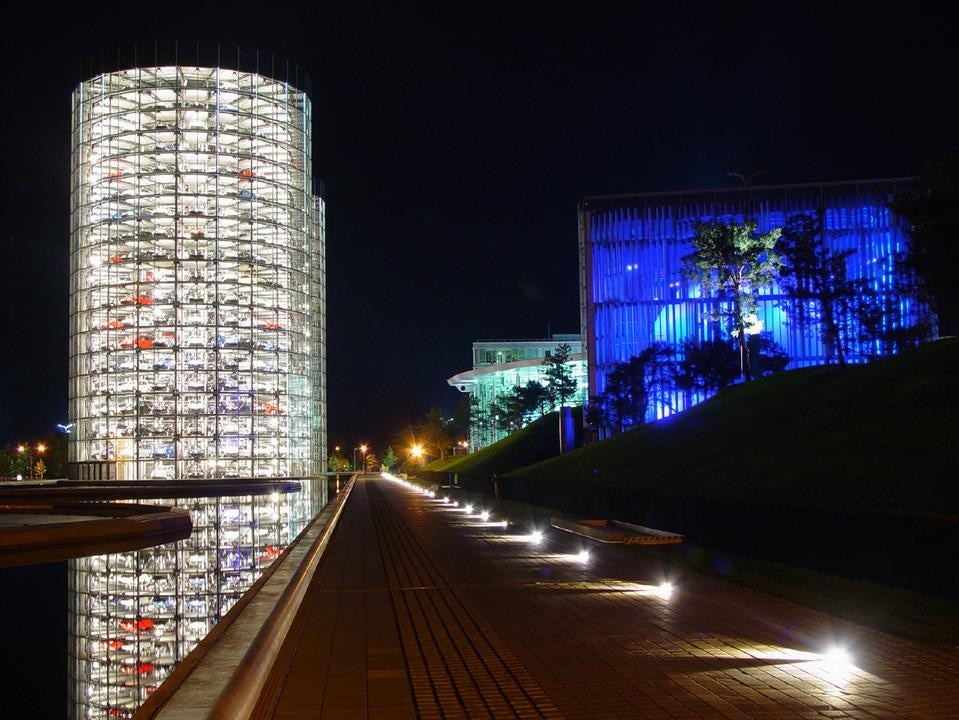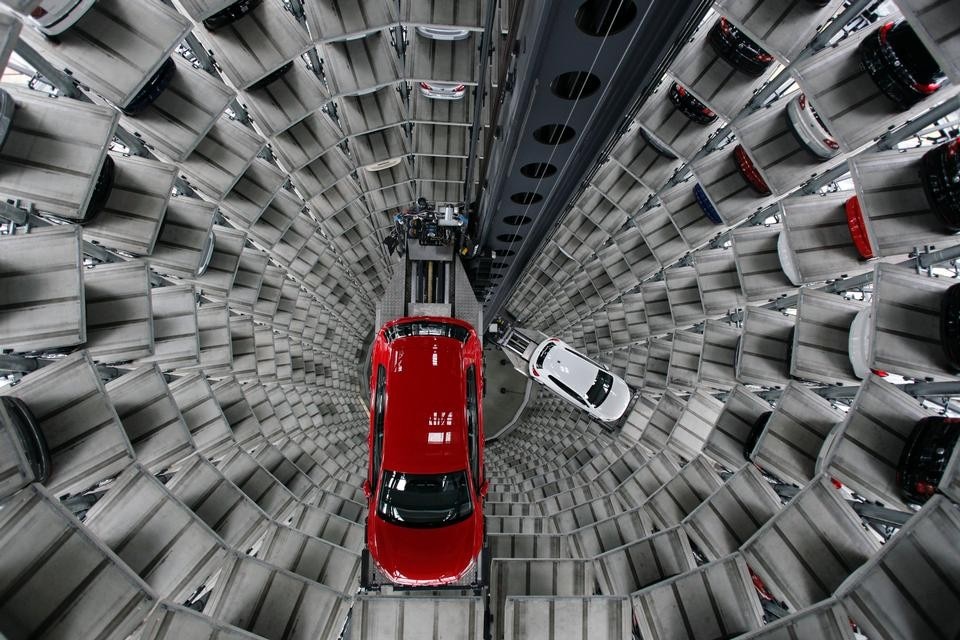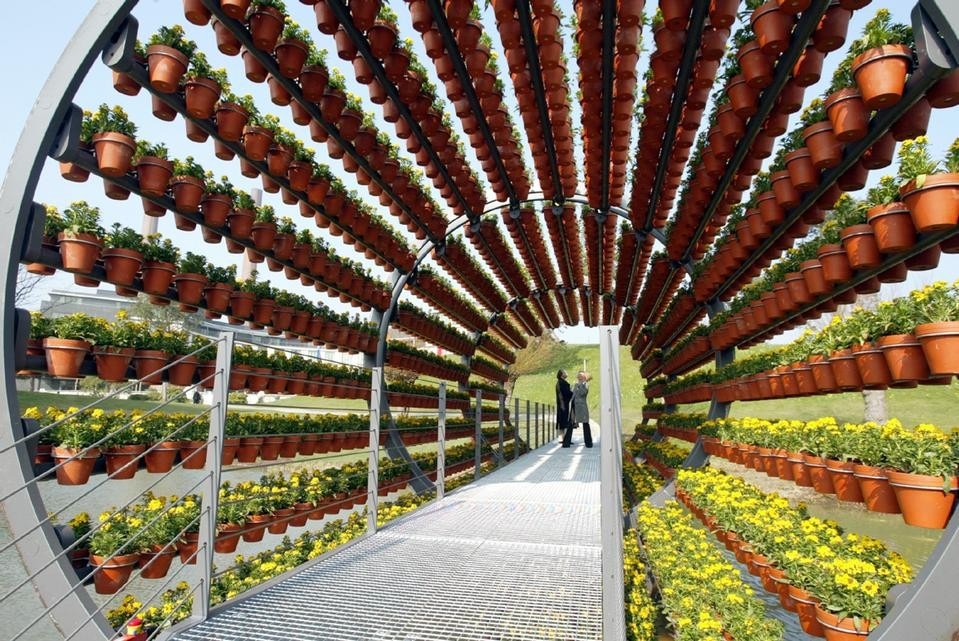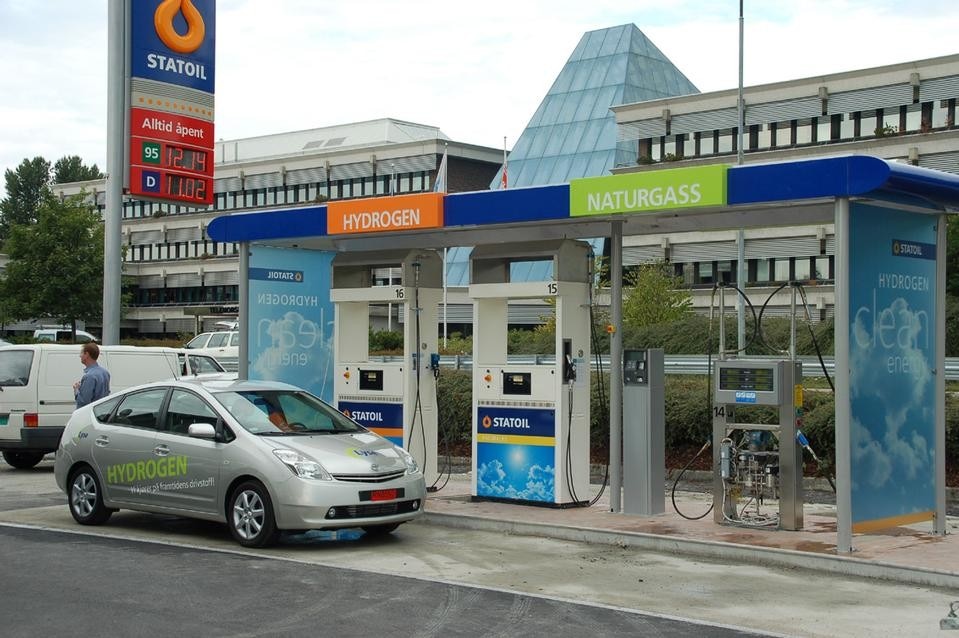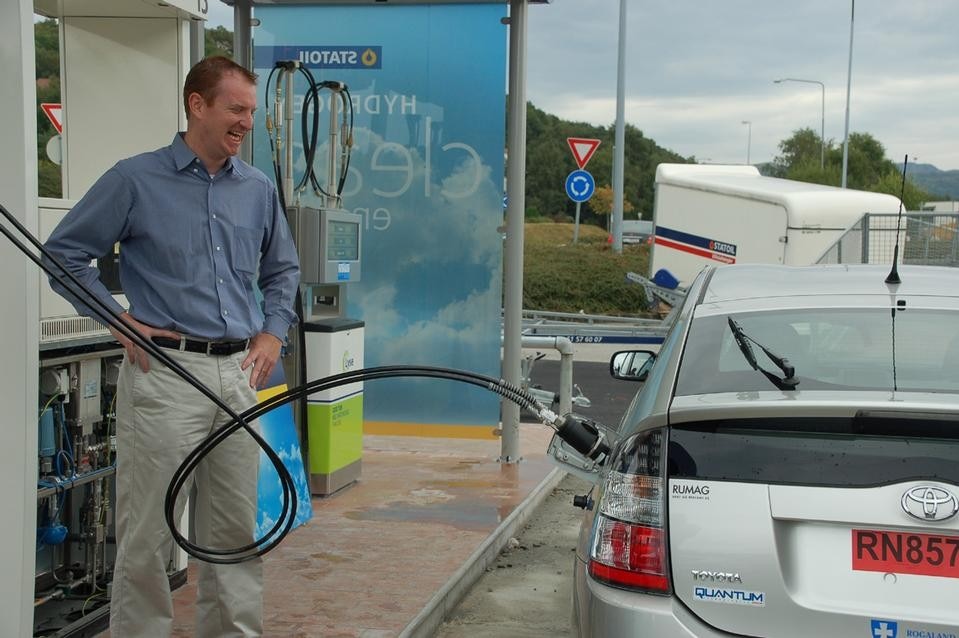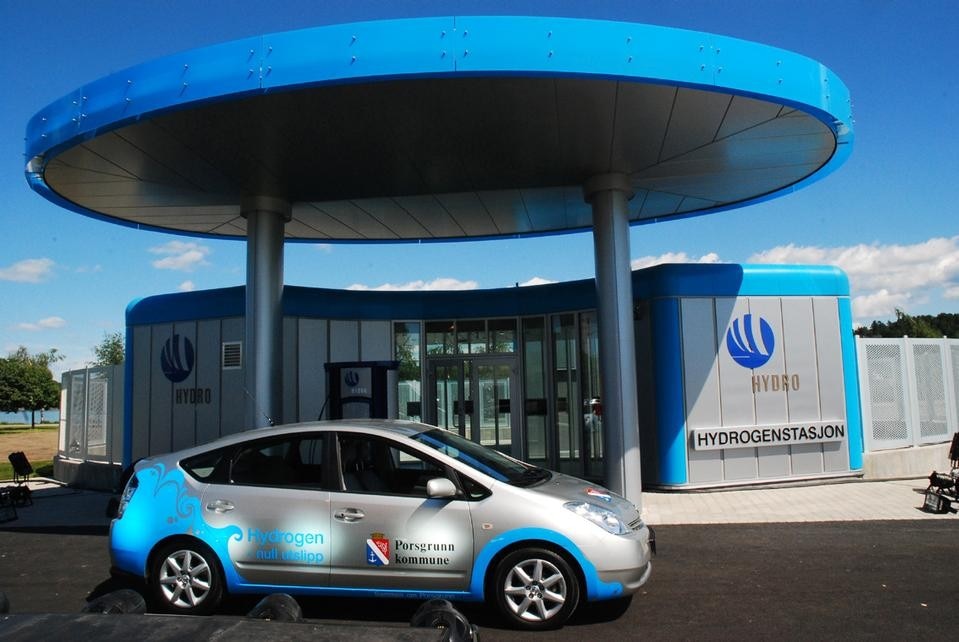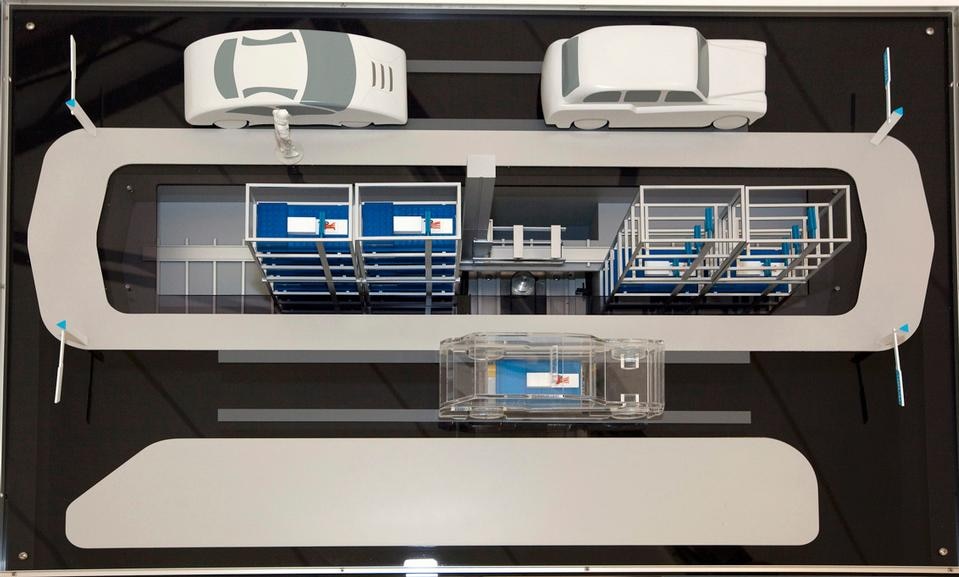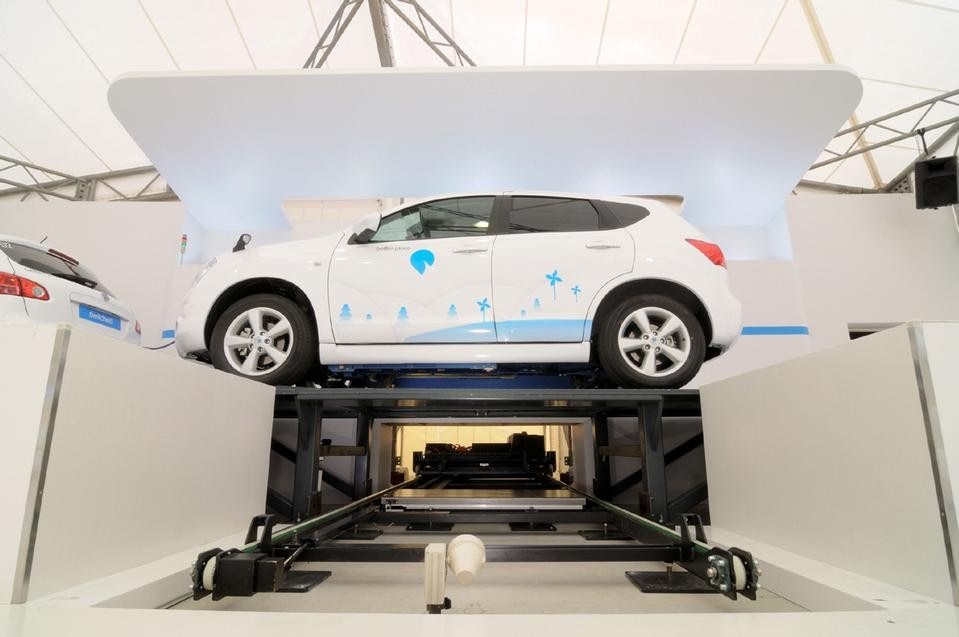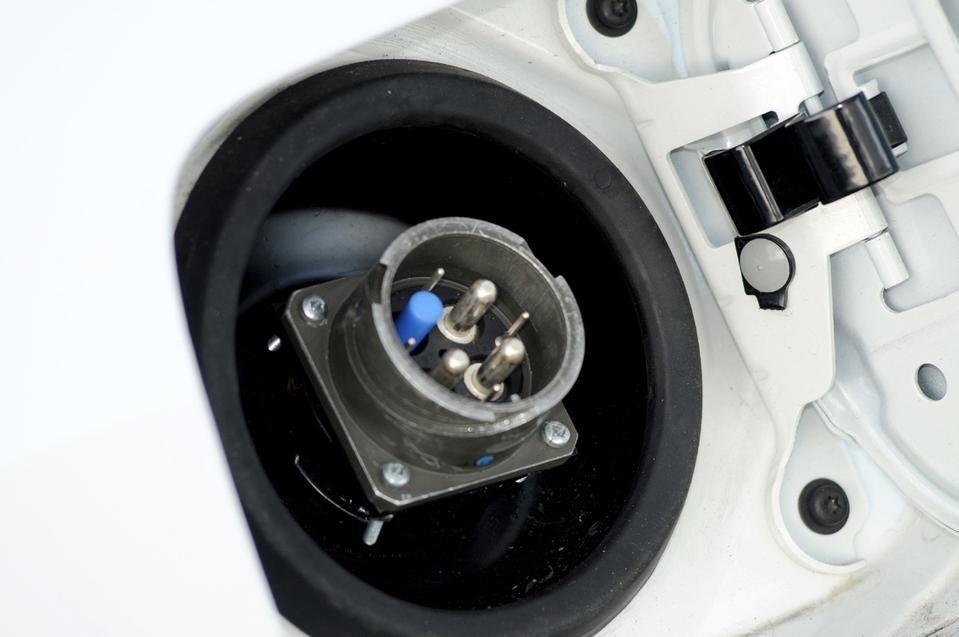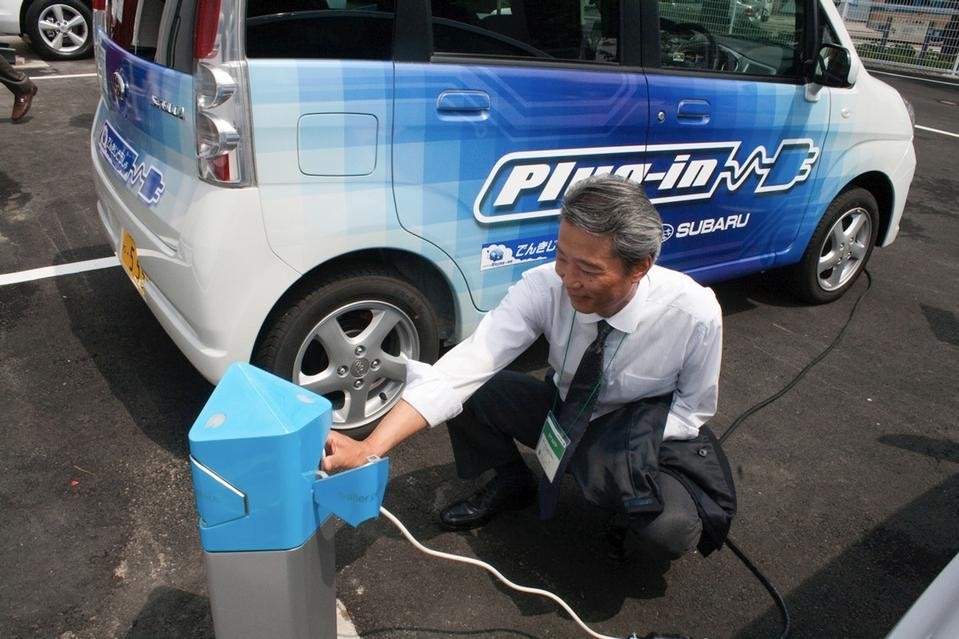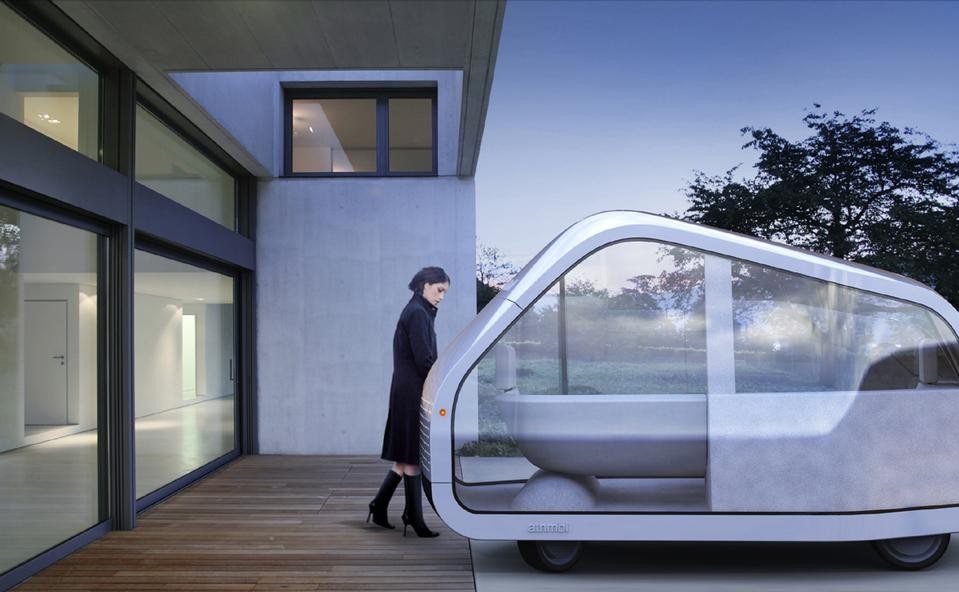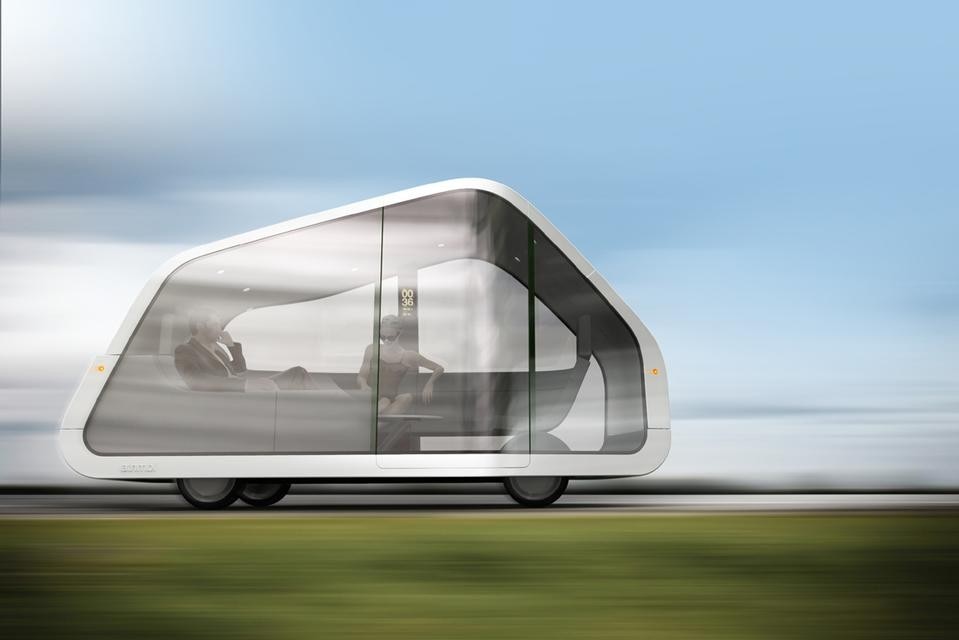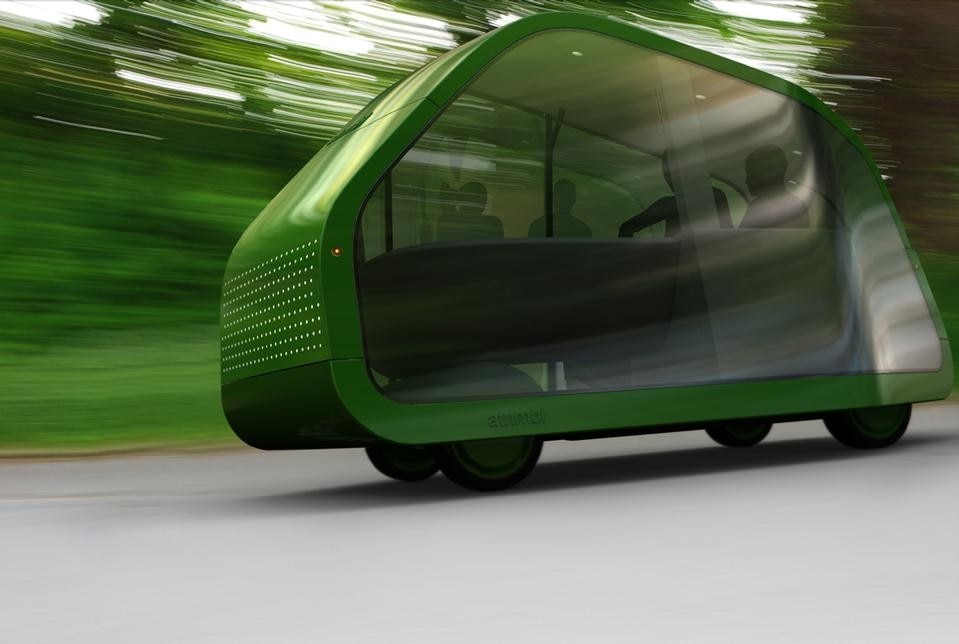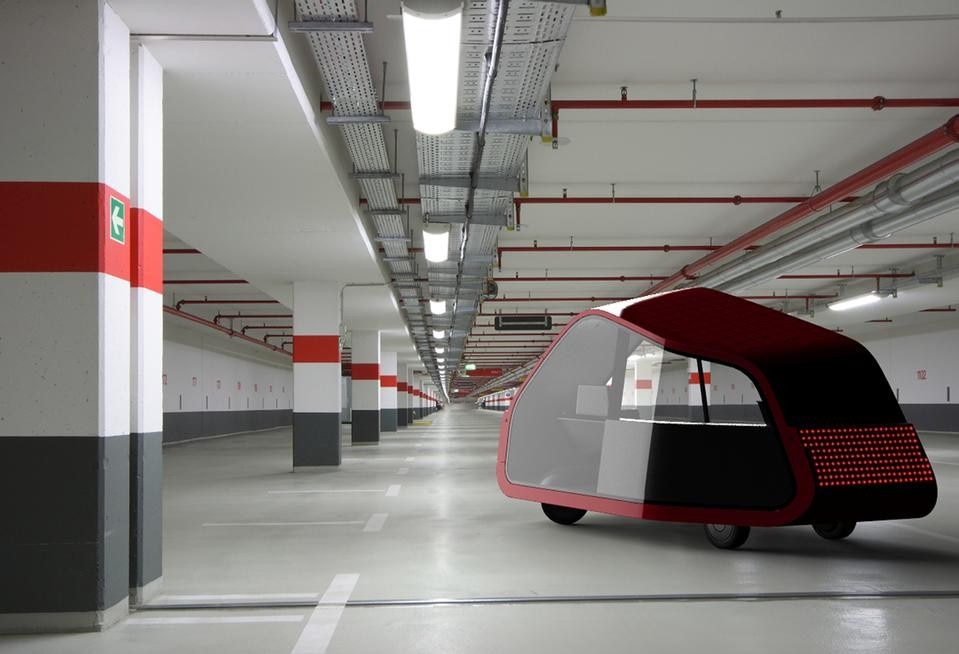The law of locality
My favourite example of decentralisation of production concerns drinks. The weight of beer and other drinks, especially mineral water, trucked from one rich nation to another is a large component of the freight flood that threatens to overwhelm us. But first Coca-Cola, and now a boom in microbreweries, demonstrate a radically lighter approach: export the recipe, and sometimes the production equipment, but source raw material and distribute locally. People and information want to be closer. When planning where to put capacity, network designers are guided by the law of locality; this law states that network traffic is at least 80 per cent local, 95 per cent continental, and only 5 per cent intercontinental. This is not the “death of distance” once promised by Internet pioneers. Communication network designers use another rule that we can learn from in the analogue world: “The less the space, the more the room.” In silicon, the trade-off between speed and heat generated improves dramatically as size diminishes: Small transistors run faster, cooler and cheaper. Hence the development of the socalled processor-in-memory (PIM) – an integrated circuit that contains both memory and logic on the same chip. So, too, in the analogue world: radically decentralised architectures of production and distribution can radically reduce the material costs of production. We need to build systems that take advantage of the power of networks – but that do so in ways that optimise local-ness. This design principle – “the less the space, the more the room” – is nowhere better demonstrated than in the human brain. The brain, in Edward O. Wilson’s words, is “like one hundred billion squids linked together...” An intricately wired system of a nerve cells, each a few millionths of a metre wide, that are connected to other nerve cells by hundreds of thousands of endings. Information transfer in brains is improved when neuron circuits, fulfilling specialised functions, are placed together in clusters. Neurobiologists have discovered an extraordinary array of such functions: sensory relay stations, integrative centres, memory modules, emotional control centres, among others. The ideal brain case is spherical, or close to it, Wilson observes, because a sphere has the smallest surface relative to volume of any geometric form. A sphere also allows more circuits to be placed close together; the average length of circuits can thus be minimised, which raises the speed of transmission while lowering the energy cost for their construction and maintenance. The mobility dilemma is not as hard as it looks. I have tried here to look at the issue through a fresh lens and to borrow from other domains such microprocessor design, network topography and the geodesy of the human brain. The biosphere itself is the result of 3.8 billion years of iterative, trial-and-error design – so we can safely assume it’s an optimised solution. As J anine Benyus explains in her wonderful book Biomimicry, biological communities, by and large, are localised or relatively closely connected in time and space. Their energy flux is low, distances covered are proximate. With the exception of a few high-flying species, in other words, “nature does not commute to work”.
